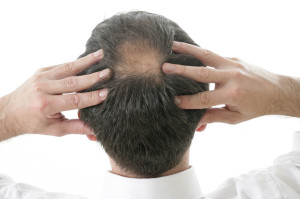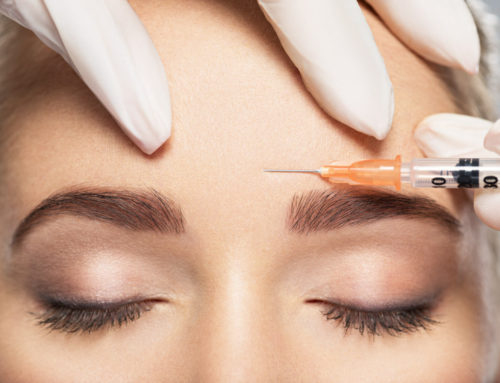
Decades later, in the 1930’s, Japanese records show several transplant surg
eries, though the surgeries did not generally treat baldness. The procedure consisted of using very small grafts to replace eyebrows or eyelashes. Though these methods were generally successful, and Japanese surgeons published various articles on their methods, hair restoration did not receive much acclaim worldwide at this time.
The hair restoration movement finally began in the late 1950s in the western hemisphere with Dr. Norman Orentreich, who began to attempt free donor skin grafts to correct scalp baldness. His experiments proved a concept now known as donor dominance. This theory explains that skin and follicular cells transplanted to other parts of the body can still grow and last the same way they would have in their original location.
Though this hair transplant method was extremely successful and continued to grow in popularity during the next two decades, there were limitations. Patients were often unable to achieve a natural look because they would not be able to make enough visits for the full procedure. Many also had the problem of running out of live areas on the scalp from which they could take follicular cells. Because of these reasons and restrictions in the procedure itself, this method is considered extremely outdated and is not used today.
In the 1980’s, the use of smaller follicular grafts began to emerge, paving the way for more minimally invasive procedures. This time also opened up a large avenue for over-the-counter hair restoration products that could be applied at home. Some products were real and backed by doctor support, but most were developed and sold by fast-talking salesman. The success rate was very low for most of these products.
By the mid 1990’s, an effective transplant technique known as “follicular unit hair transplantation” or FUT was developed. These particular grafts were dissections of a micrograph, making the procedure minimally invasive and resulting in a good imitation of the way that hair grows naturally, providing a much fuller and more natural look.
FUT was a major breakthrough, and the basis of current hair restoration techniques. Since then, the procedures have developed to make hair transplants so successful, that even your barber will not know that you’ve had transplants!





